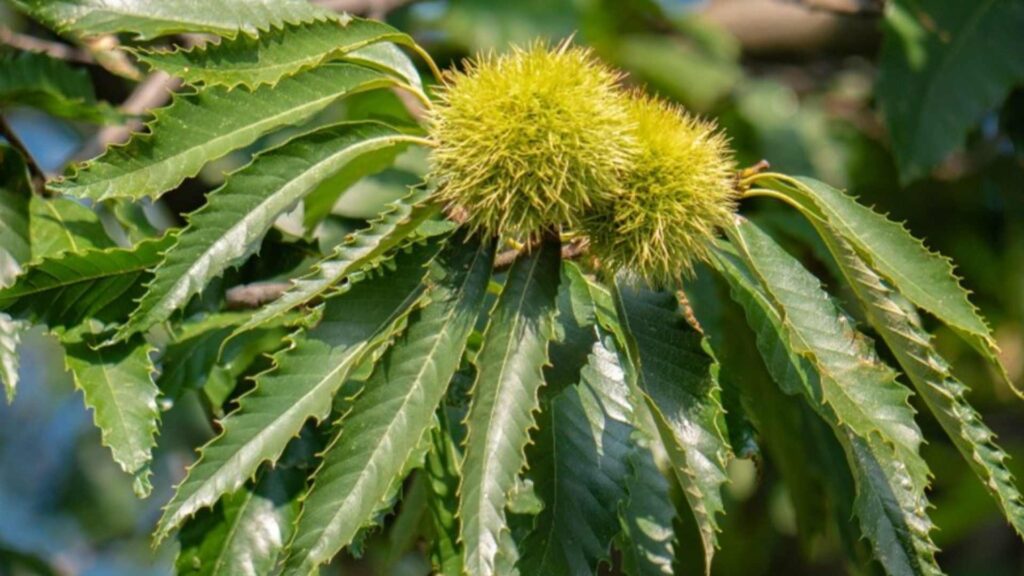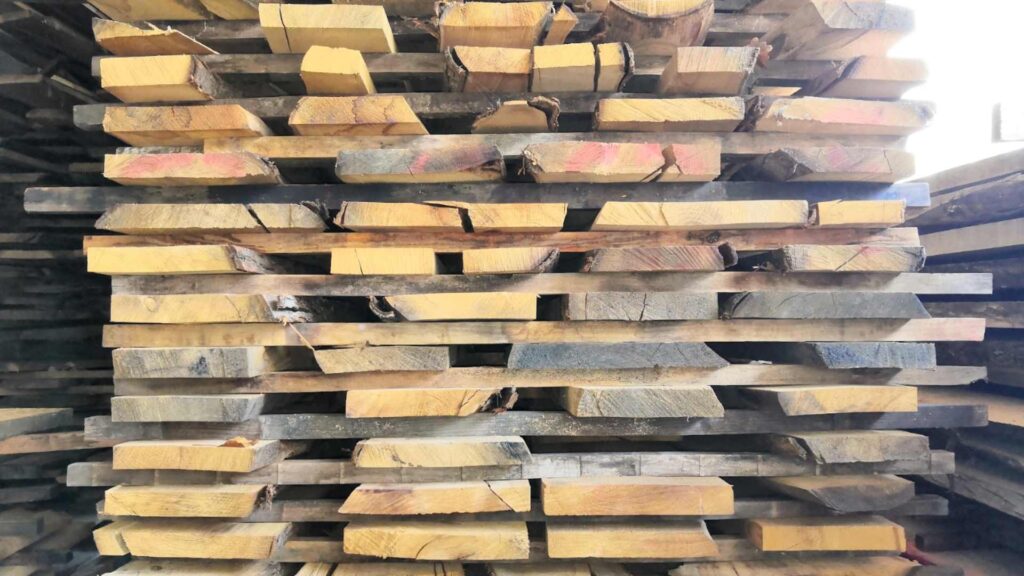By Stefano Bruzzese, Simone Blanc, and Filippo Brun – University of Turin, Department of Agricultural, Forest and Food Sciences
Italy is home to a number of mountainous regions, including the Italian Alps, the Apennines, the Sardinian highlands and the Sicilian mountains. Although many of them boast beautiful and diverse landscapes, some of these regions are considered marginalised, meaning they are at a socio-economic disadvantage in comparison to other mountainous areas.
One common struggle in these marginalised regions is emigration: as younger generations relocate to more urban areas, the average age of the population remaining in these marginalised areas gradually rises. This results in a smaller labour force, which in turn limits economic growth. Emigration also often involves skilled and educated individuals leaving affected regions, resulting in a dearth of professionals who would otherwise foster economic and technological growth.
Introducing Italy’s forests: the sweet chestnut tree
The question remains surrounding what can be done to support social, economic, and ecological recovery in these marginalised mountain areas. One opportunity is leveraging prosperous species to spur socio-economic growth in the areas that need it most. One of these species, the sweet chestnut tree (Castanea sativa Mill.), is a widespread forest plant that can be found throughout Europe. Likely originating in the Middle East, the sweet chestnut tree was brought to Europe probably through human action during the period of Roman imperialism.

Sweet chestnut tree distribution (Fernández-López & Alía, 2003).
In Italy, the sweet chestnut tree occupies almost 8% of the national forest area, or roughly the equivalent of the Friuli-Venezia Giulia region (approx. 780 thousand hectares) (Gasparini et al. 2022). Its population extends between the sub-mountainous (500 m) and mountainous (1,000 m) altitudinal planes and is located in areas historically easy to access by humans. The tree itself is convenient for cutting and has in the past strongly characterised the lives of mountain and local populations to an extent that true “chestnut civilisations” are recognised today (Bruzzese et al. 2023; 2020).

Sweet chestnut tree nut (Credits: ChiemSeherin)
The sweet chestnut tree also represents a strong source of subsistence, supplying food for both humans and animals, as well as income (wood and derivatives sold for poles, rafters, and carpentry). The species has a rapid annual growth rate (around 6-12 mc/ha/year, depending on the area in which it is located), good mechanical resistance and durability, and good aesthetic qualities from a physical, chemical, and mechanical point of view.
The current state of the Italian sweet chestnut tree
In Italy, key economic benefits of the sweet chestnut are mainly related to: (1) the fruit, which is seen as a product of excellence that is Made in Italy and for which the country is among the world’s main exporters (Castellotti, 2010), and (2) the tree’s wood and its derivatives. The latter, however, has in recent history lost significance, as a large part (about 40%, according to Manetti et al., 2017) of the national chestnut wood is either abandoned or very old. This is accompanied by strong negative impacts on local environments, societies, and economies.

Sweet chestnut tree wood (Credits: CastagnoPiù project).
There are many causes for the decline in the value of the sweet chestnut tree. For example, attack by fungi and insects have undermined the health and vigour of the species over recent centuries. More significantly, however, socio-economic change has brought about an exodus of mountain communities towards large urban centres. This issue is further intensified by the increased use of synthetic, composite, or artificial products that are cheaper and quicker to obtain than wood. All these factors, especially from the Second World War onwards, have continuously contributed to the progressive abandonment and lack of active management of Italian chestnut tree cultivation.
Today, the tree’s most significant product is tannin, a chemical compound with strong antiseptic properties. Traditionally, tannin is extracted by crushing and infusing wood chips, which are then used for the natural tanning of hides, as a food additive in the wine and food industry, and in cosmetics and pharmaceuticals. Most importantly, tannin can be obtained from aged and abandoned forests, the wood of which would otherwise be unsuitable for more traditional uses such as natural engineering, furniture-making, or carpentry. Could there be a way to recover this resource by first exploiting the tree’s products for such traditional uses and then reusing them as a source of energy?
How has the CASTAGNOPIÙ project tried to help Italian marginalised mountain areas?
The local research project CASTAGNOPIÙ, financed by the Piedmont region’s Measure 16 in the Rural Development Programme for 2014-2020, aims to create new value from the chestnut wood resource. This will be achieved by (i) supporting production chains already present in North-West Italy, (ii) creating new production chains, (iii) promoting the development of short supply chains, i.e., those with few intermediate steps between producers and buyers and which use the resource locally, and (iv) encouraging an intelligent use of the sweet chestnut tree’s resources in a way that serves multiple purposes. The advances and results obtained from this project will ideally serve as a base for relaunching and extending to broader spatial scales and, ultimately, to a national scale. This initiative equally aims to raise awareness for the issues of marginalised areas within Italian society.
This “relaunch” of the chestnut tree resource as a socio-economic driving force of mountain communities cannot be separated from proper planning and active and sustainable management. In a previous MARGISTAR blog, the value of collective management in Italian regions was discussed. Building on this discussion, there is also a requirement to highlight a need for new regulatory instruments, such as forestry supply chain contracts, as forms of sector associationism. Sector associationism refers to the practice of organising and representing various sectors or industries through associations or trade groups. This can potentially reduce the excessive pulverisation and fragmentation of land, which affects the entire national territory bar a few realities, such as the “maso chiuso” (closed farmstead) legal institution in the Eastern Italian Alps or the “latifundia” in the south.
While this initiative focuses on the products of the sweet chestnut tree, it is worth remembering that forests, like all natural ecosystems, also provide valuable ecological contributions. Forests support the sequestration of atmospheric carbon dioxide, offer protection from natural hazards such as rock falls, and demonstrate historical-cultural value (e.g., the Castagno dei Cento Cavalli, or Chestnut Tree of a Hundred Horses). Because of this, we must always view the economic value of this species in conjunction with its significant social value and increasing importance in tackling the triple planetary crisis, i.e., rising issues surrounding the climate, the environment, and pollution.
The header image is credited with thanks to the CastagnoPiù project.


